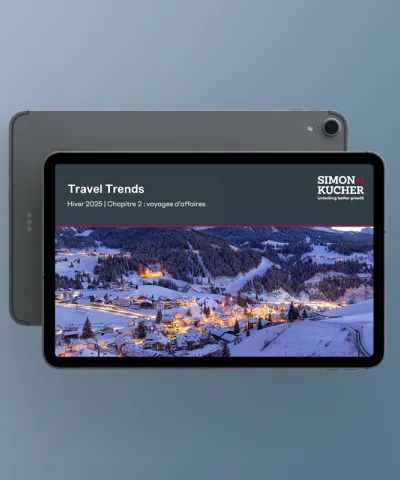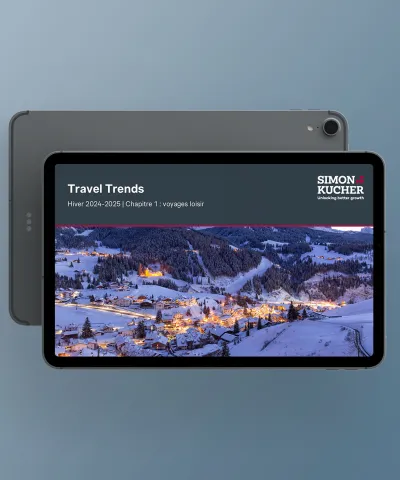Fashion and lifestyle brands see the online direct-to-consumer model as the number one growth driver. But are they equipped with state-of-the-the-art pricing for the dotcom era? And how can they make sure that their approach suits their brand?
Optimized pricing has a clear impact on both the top and bottom line. It’s therefore no surprise that dynamic pricing is making its way onto the agenda of several key players. In this article, we explore dynamic pricing strategies for the fashion & lifestyle industry.
Branded fashion & lifestyle manufacturers are aiming for growth, with ambitious targets in the online and direct-to-consumer space. Levis has already reported rapid growth in D2C, Adidas has announced its plans to shift to a DTC-led business model, and Under Armour is breaking ties with up to 3,000 retailers – just to name a few players that are making moves in this area.
The major pull factors? Attractive margins, freedom to determine prices, and the ability to shape a brand’s own value story.
Master the challenge in online D2C pricing
If you are considering direct-to-consumer as a key growth area for your brand, then don’t underestimate the crucial role that the right pricing will play in your success story. While the aim is to rapidly grow in online D2C, branded manufacturers cannot operate or price their products in isolation. Customers still shop in department stores and online platforms that set their own shelf prices, which are regularly changing to reflect their own targets.
Therefore, working exclusively based on an internal inventory or activation calendar will likely backfire, conflicting with the pricing strategies of retail partners, marketplaces, and competitors.
Flexibility cannot be avoided in an online setting. Even if you have a powerful brand with strong price consistency, there will likely be long-tail and end-of-season products in your portfolio where online transparency means you need to manage your prices more dynamically. At the same time, wrong price cuts and too high discounts can all damage your brand position.

So, what is the right pricing and how can it be best applied to your business?
The pricing strategy you need
As branded manufacturer you need a pricing strategy that considers all market interdependencies defining who to follow, when and how much to adjust prices, and in which channels – all to ensure staying competitive while protecting your brand’s value.
For each product you need clear pricing rules. To mention just one example: while “commodity” products allow for more flexibility to dynamically adjust prices, all products that are unique for your brand or exclusively available at your own store need a narrower pricing strategy in line with product value.
Having the right degree of flexibility in your pricing is crucial, therefore, both from a strategic and financial standpoint.
More money, better price image
Our extensive experience with dynamic pricing shows the impact you can expect. Financially, it helps to optimize revenue and profit, which positively impacts your return on investment in D2C. Strategically, it can enhance your price image among customers.
In the example below, our custom-made dynamic pricing solution improved our client’s business significantly – despite COVID.

Only with a product-specific dynamic pricing strategy can you foster growth but also protect your brand and tap into willingness to pay!
Three key success factors for dynamic pricing in D2C!
1. Dynamic pricing strategy
What is your goal with your online D2C? Some branded manufacturers are tempted to buy a ready-made software solution. But it isn’t the best idea to just take a tool and let it run without first setting up a strategy. Rather, an overarching pricing strategy is needed that defines the objectives and guidelines for your online D2C and its pricing.
2. Relevant data
For each and every product, the pricing rules and implications need to be crystal clear and in line with your overall strategy. Sufficient price information, such as product prices in different channels and of different re-/e-tailers, needs to be available at the right time and frequently updated to allow for dynamic monitoring.
3. Dynamic pricing tool
The ideal tool is one that executes your strategy on a product level and enables your staff to conduct dynamic pricing efficiently in a user-friendly way. Any algorithm should be tailored to your strategy and organization, and always be tested through a proof-of-concept before going live.
Our dynamic pricing tool combines pricing data and leading industry expertise, optimizing and automating prices to maximize revenue through a customizable machine learning engine. For companies that decide on a more off-the-shelf solution, we advise during the vendor selection process and help develop a strategy to integrate the off-the-shelf solution. This ensures that the selected technology meets your individual needs and is united with your strategy.
We’re here to help protect your brand
What sets us apart?
- Our integrated approach: We combine the knowledge and capabilities of strategy consulting with digital and data professionals as well as software experts
- Our proven impact: We continue to be THE trusted advisor for top-line growth
- Unicorn approved: We have worked for over 30 unicorns, such as Asana, Stripe, and Uber
Looking to optimize pricing in D2C? Reach out to Nina Scharwenka to discuss your route towards dynamic pricing today!








